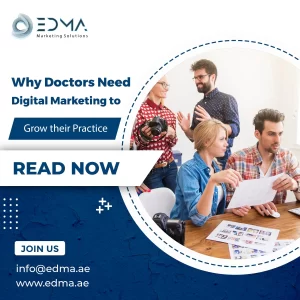How to Choose the Right Digital Marketing Channels for Your Product
Furthermore Choosing the right digital marketing channels is essential for any business aiming to maximize its online presence. In this article, we’ll walk you through the process of Moreover choosing the right digital marketing channels for your product, ensuring that your marketing efforts deliver the highest return on investment (ROI).
- Understand Your Target Audience
Before selecting a digital marketing channel, it’s important to have a deep understanding of your target audience. Knowing who your customers are, what they like, and how they In addition interact with digital media will help you make informed decisions.
- Demographics: Consider the age, gender, income, location, and interests of your target audience. For example, younger audiences may engage more with platforms like Instagram or TikTok, while older audiences may prefer Facebook or LinkedIn.
- Behavior: Understand how your audience consumes content. Do they prefer visual content, blog posts, videos, or podcasts? Do they frequently search for products online or engage with social media influencers?
- Match Your Product with the Right Channel
Also Different digital marketing channels are better suited for different types of products. Here’s a breakdown of how to match your product with the appropriate marketing channel:
- Social Media: If your product is visually appealing or has a broad appeal, platforms like Instagram, Pinterest.
- As well as Facebook are great for showcasing products through engaging posts and ads.
- Google Ads: If your product is search-based (e.g., a service or a product with clear intent behind the search).
- On the other hand using Google Ads can help capture potential customers when they are actively searching for solutions.
- Email Marketing: If you have a product that benefits from in-depth content, such as educational products or high-value purchases.
- On the other hand email marketing is an effective channel to nurture relationships and drive conversions.
- Evaluate the Effectiveness of Each Channel
Not all marketing channels are created equal, and some may work better for your business than others. To evaluate the right channels for your product, consider the following:
- Cost-Effectiveness: Some channels may require a significant budget to run effective campaigns (e.g., Google Ads, LinkedIn Ads), while others,
- Content Type: Different platforms prioritize different types of content.
- Consider Your Marketing Goals
Your marketing objectives should play a major role in determining the channels you use. Are you looking to drive brand awareness, generate leads, or increase direct sales?
- Brand Awareness: Social media platforms like Facebook, Instagram, and Twitter are ideal for generating brand awareness through organic and paid campaigns.
- Lead Generation: If you’re focused on lead generation, consider using Google Ads, LinkedIn Ads, or content marketing through email to attract and capture potential leads.
- Sales and Conversions: For direct conversions, use platforms with transactional intent, like Google Shopping or Facebook’s retargeting ads, which are designed to drive purchases directly.
- Test and Optimize Your Channel Strategy
Once you’ve chosen your digital marketing channels, the next step is to test their effectiveness. Use A/B testing to experiment with different ads, content, and targeting on each platform. Track your results using analytics tools to identify which channels are delivering the best ROI.
- Analytics: Tools like Google Analytics, Facebook Insights, and HubSpot allow you to track the performance of your campaigns. Monitor key metrics such as click-through rate (CTR), conversion rate, and cost per acquisition (CPA).
- Optimization: Continuously refine your approach based on what’s working. Allocate more resources to the channels that are delivering the highest ROI and adjust your strategy for underperforming channels.
H2: Conclusion: Maximize Your ROI with the Right Channels
Choosing the right digital marketing channels for your product is essential for driving business growth. By understanding your target audience, matching your product with the best-suited channels, evaluating the effectiveness of each platform, and continually optimizing your strategy
Feel Free Contact us today to learn more and elevate your digital marketing efforts!






